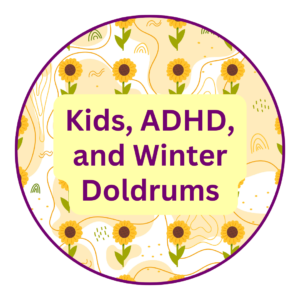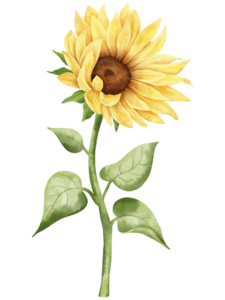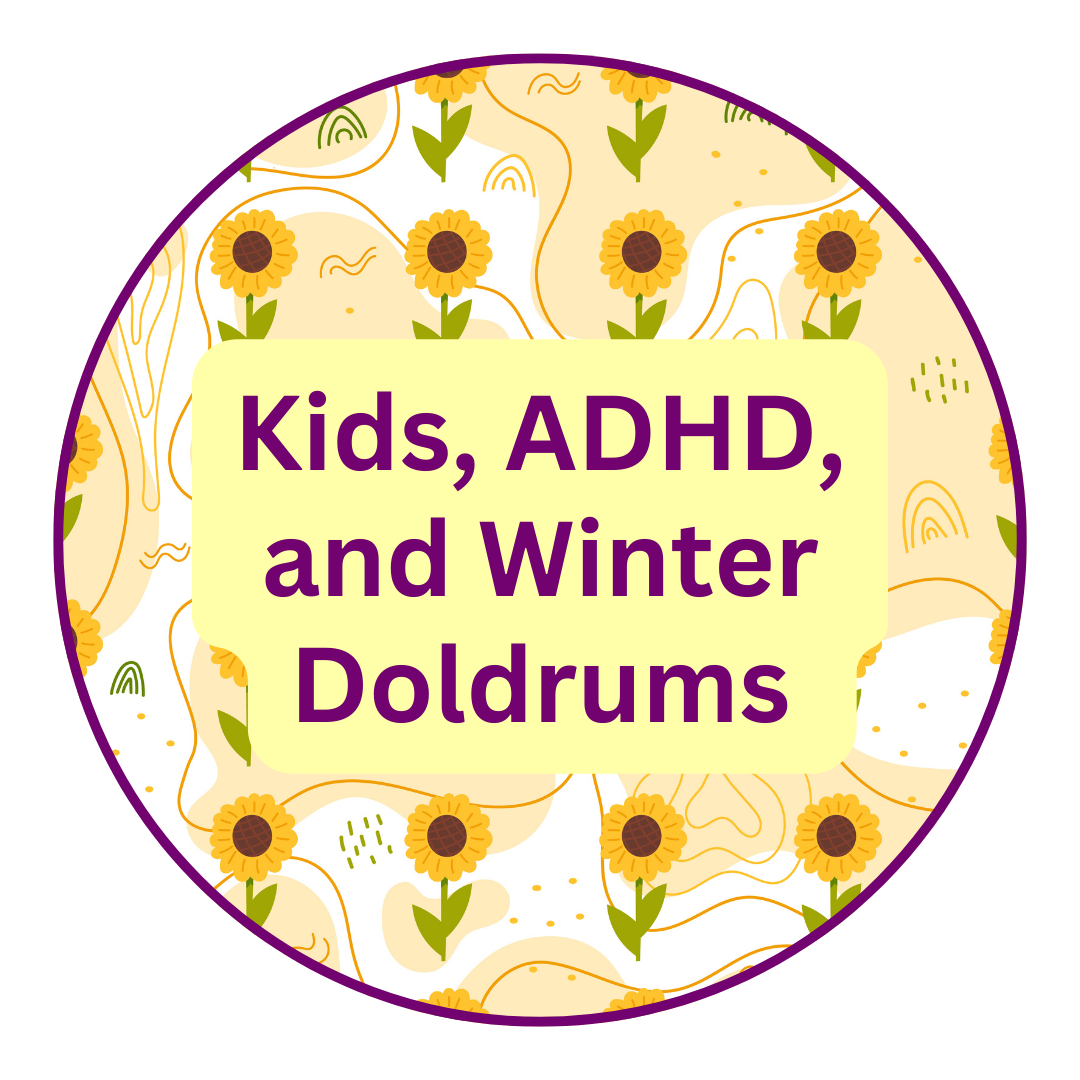
ADHD Kids and Winter Boredom
ADHD kids and winter boredom is a challenge for many parents and caregivers. Are our kids more prone to boredom? How can we help them learn to manage boredom?
For us, we had both boredom the summer with school being out, and also boredom in the winter because the snow and cold made for less things to do to keep them busy.
I don’t know about you, but hearing that dreaded “I’m bored” call over and over again became draining, aggravating, and downright triggering. So what can we do to minimize the call of the bored ADHD child?
Understanding the Boredom
Everyone experiences boredom at times. It is the feeling of being under-stimulated by an activity or lack thereof. For ADHD folks boredom is experienced more often and can be harder to manage.
ADHD folks have, in general, significantly less dopamine than our neurotypical counterparts. Dopamine is what gives us that feel-good rewarding feelings we get when we enjoy or are interested in certain activities. Kids with ADHD (adults too) need increased stimulation to get that dopamine, and when they don’t – their brains begin to seek out other ways to alleviate boredom.
In addition to the sometimes incessant “I’m bored”, here are a few other ways boredom can show up in our ADHD kiddos that you might not always recognize.
- Irritability
- Apathy
- Poor Grades
- Lethargy
- Argumentative
- Fidgeting
- Daydreaming
- Procrastination
- Mindless Eating
- “Bouncing Off The Wall”
- Endless Questions
- Extra Talkative
- Picking Fights
In some cases, we can help alleviate our kids boredom, but we also need to teach our kids to tolerate boredom in order to get something done or achieve a bigger goal.


Building Boredom Tolerance
Boredom in and of itself isn’t necessarily a bad thing. Boredom encourages kids to explore, create, problem solve, and build resilience.
Helping our kids build boredom tolerance helps them learn to motivate themselves, spark their own ideas and curiosity, begin to identify and direct their boredom, develop the ability to tolerate uncomfortable feelings. When a child knows how to identify their feeling and why they are feeling it, they can more easily begin to start making mindful decisions about how to respond to their feelings.
Teaching boredom tolerance also tells your kiddo that they are capable. Identifying their feelings and problem solving builds autonomy and self confidence in our kids.
Boredom Busters & Building Boredom Tolerance Tips
Here are some ideas for both busting boredom and building boredom tolerance. As always, some things work for some kids/families, other things work for others. Try what sounds good to you, take what works and leave the rest!


Identify Feelings
Teaching our kids how to connect what their bodies feel like when they have different feelings is a great first stop in both building boredom tolerance and busting boredom. How does your body feel when you are hungry? Angry? Sleepy? Bored?

Coregulate
Teaching our kids how to self regulate starts with coregulating. Talk with your kids about what you do when you feel changes in your body that indicate different feelings, and model for them your problem solving. If you see your child getting restless, you may say something like, “I see your body is fidgeting, mine feels fidgety too. Want to join me for a 2 minute dance party?” Coregulate with them and they’ll have an easier time learning to self regulate.

Collaborate
Brainstorm together with your child to problem solve boredom. Create a list together of things your child can do when they are bored. Include some things the child can do alone, and some things that include you or other people. Encourage your child to think creatively in coming up with solutions and activities they’d enjoy.

Mindfulness
Teaching mindfulness techniques, breath work, or other grounding techniques helps kids learning to manage uncomfortable feelings without reacting in a negative way.

Lists and Visual Tools
Creating lists or visual tools for your child reminding them of the things they came up with when you collaborated can be helpful. Sometimes having options in categories is helpful – you may have lists for things to do when bored broken up by time – things for 10 minutes, 30 minutes, etc, or by activity – create, learn, physical movement, etc., or by something else entirely.

Options, Options, Options
Along with the lists and visual tools, make sure that your child has many options of things to do, both in the short term and the long term. Toys, books, and activities that encourage different types of play and learning. Different activities, opportunities to interact socially, and explore the world around them. Be creative.

Play To Their Strengths
When creating those options make sure you play to your child’s strengths, preferences, and needs. If your child loves being helpful, include options that will make them feel helpful. If your child loves talking to friends or family, include options that allow that. If your child is a high energy child make sure you have many types of physical activities in the list. Do they love to learn? Include things like reading, watching educational tv, or trips to the library.

Remember the next time your kiddo is saying “I’m bored” and you feel like pulling your hair out, practice the pause. Pause, take a breath, remind yourself that boredom in kids is an opportunity, and that they aren’t trying to give you a hard time. They are trying to figure out how to manage how they feel with their emotions and connect that with what to do next.
It’s up to us to teach them.
If you would like help teaching your ADHD kiddos how to manage boredom, send me an email or a message and let’s chat about how I can help!

PS – Check out my free Parenting Community and others HERE
Another PS – Book a free, no obligation discovery call with me HERE


